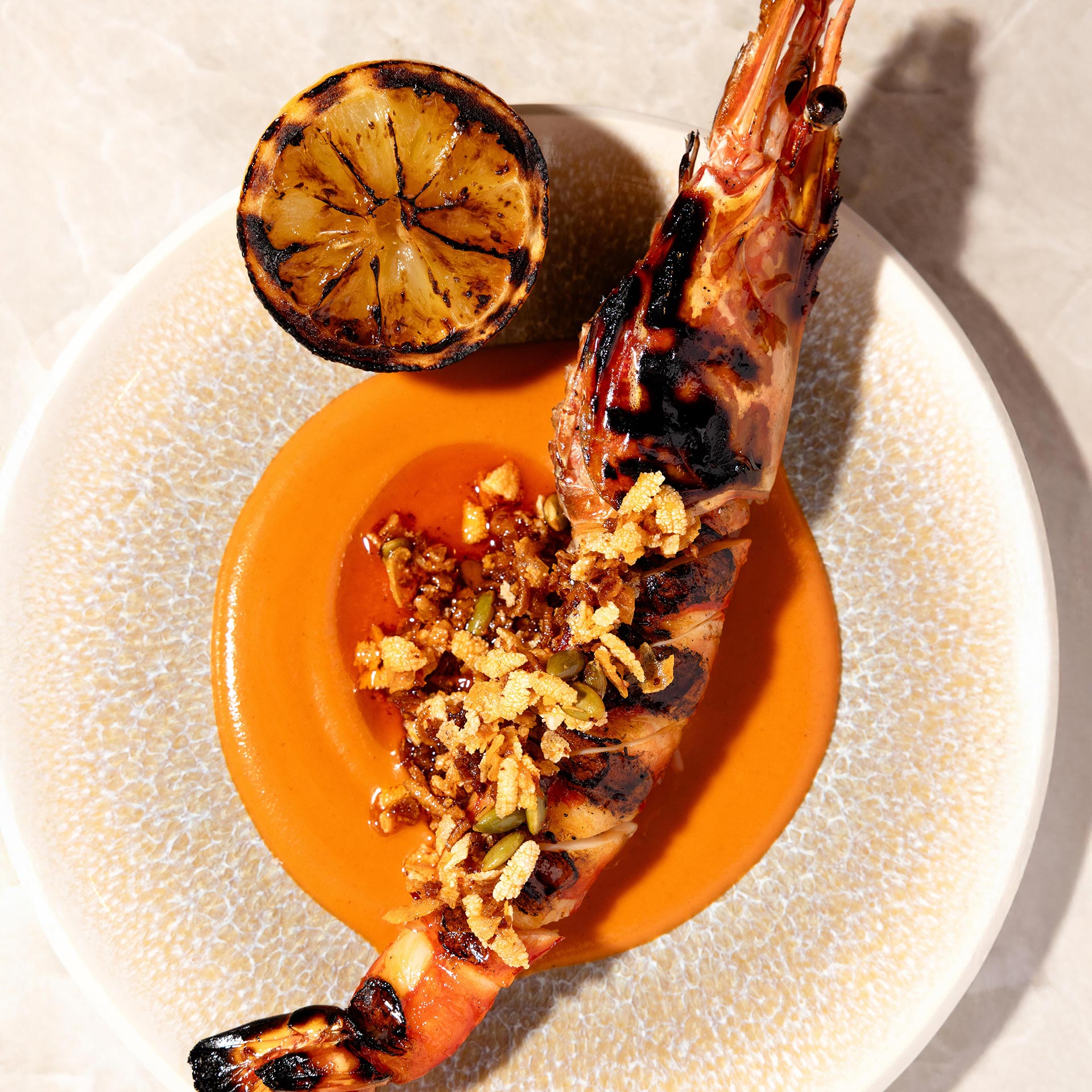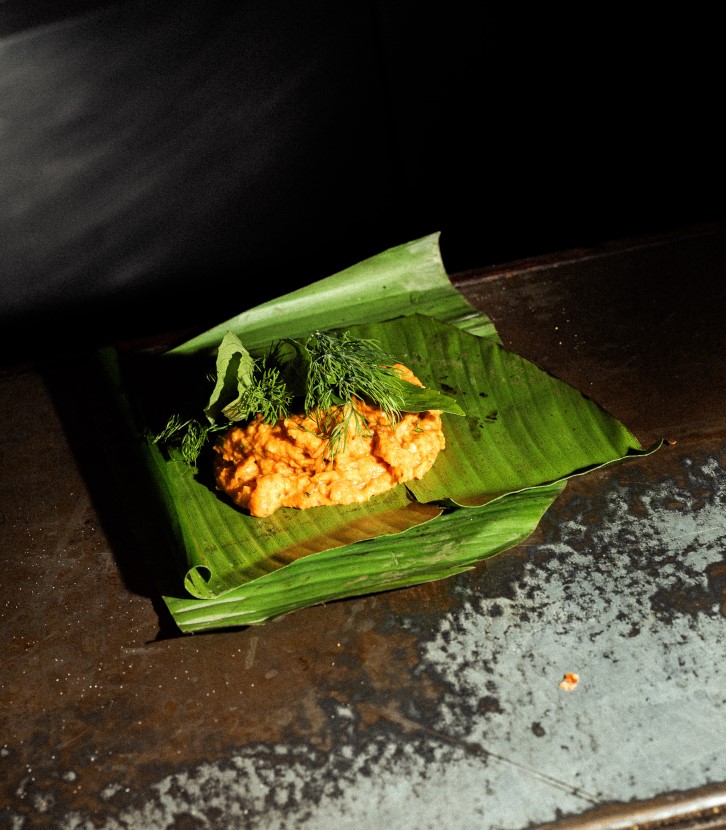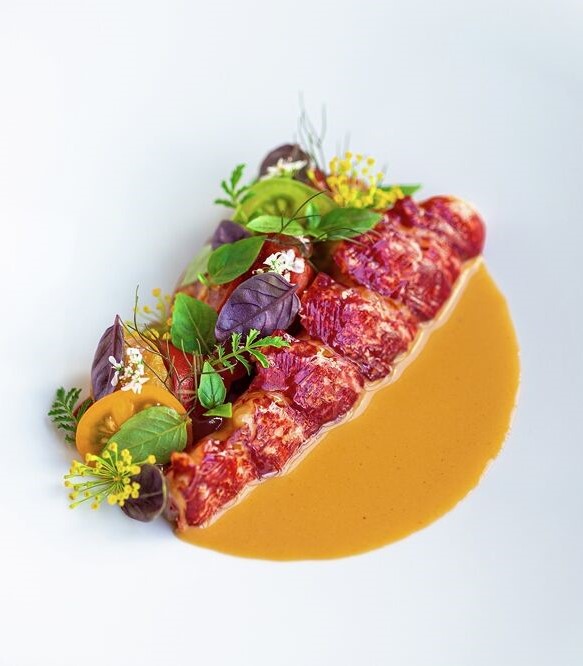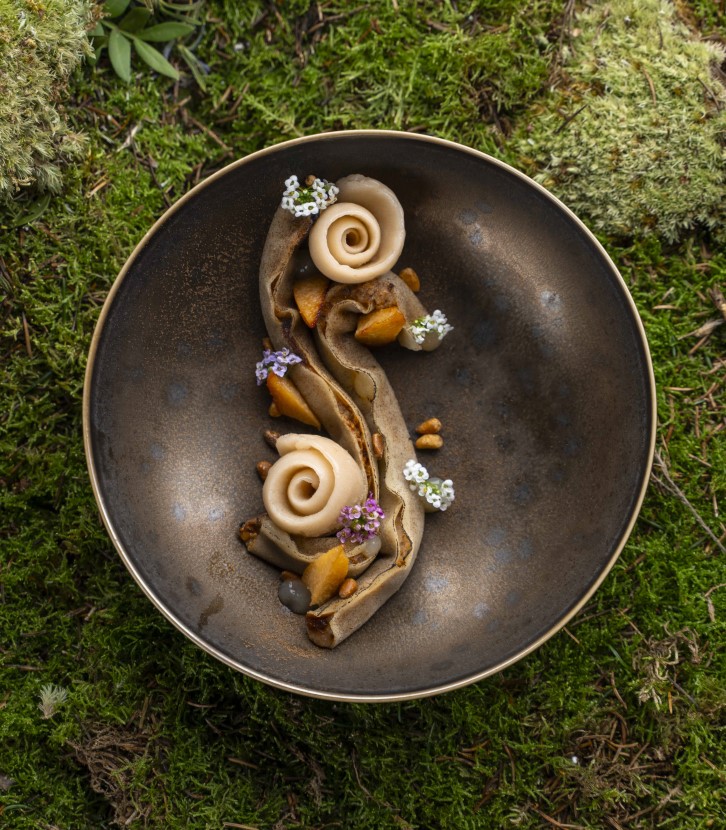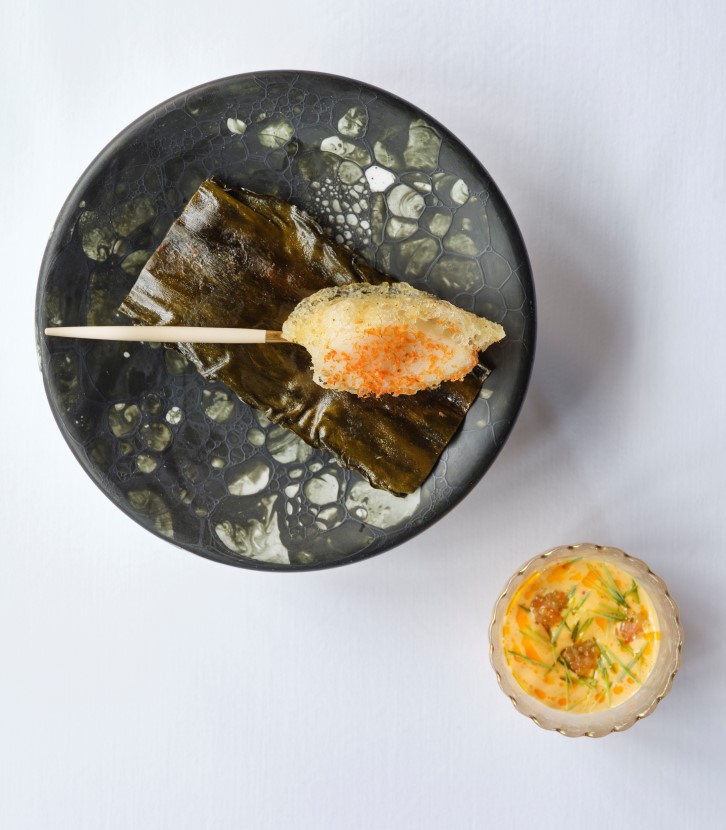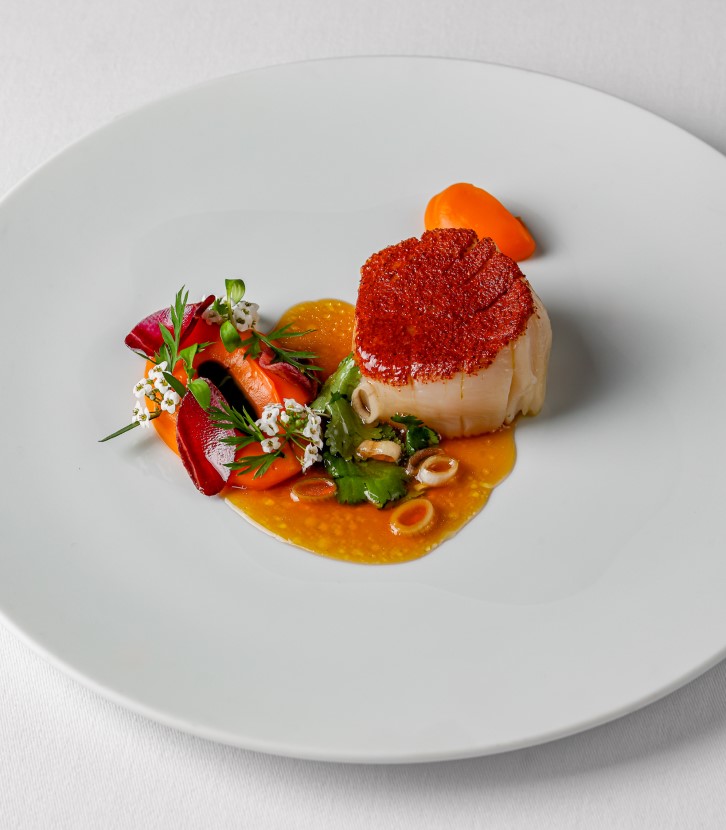Forum, established more than 40 years ago, is the brainchild of culinary icon and “Abalone King” Yeung Koon-yat. Also known as "Yat Gor", Yeung spent more than 60 years of his life in the kitchen, serving international dignitaries such as Chinese prime minister Deng Xiaoping, French president Jacques Chirac, and Canadian prime minister Jean Chretien; and eventually becoming known for his signature Ah Yat Abalone dish.
His passing at the end of July 2023 was mourned by much of Hong Kong’s restaurant industry. Current executive chef of Forum, Adam Wong, was mentored by Yeung for much of 31 years and counted him as both teacher and friend. It is his dream today to uphold and pass on the icon’s culinary legacy.

Though often overshadowed by the famed abalone, these three Forum dishes are shining stars in their own right, bearing witness to Yat Gor’s success and the evolution of the restaurant.
Ah Yat Fried Rice
The first dish not to be missed is the seemingly humble Ah Yat Fried Rice. The dish, prepared table-side in front of diners, features fresh ingredients like live shrimp, slices of char siew, conpoy, eggs, and white rice fried in a heated clay pot. Savoury ham jus and chopped green onions are added towards the end, and the fire is turned off so the residual heat brings out the fragrance of the conpoy and green onions. The resulting rice is perfectly toothsome and like “gold inlaid with silver”, each grain is coated with egg. Wong explains that the fried rice requires no other seasoning except from the ham jus, its umami essence derived by steaming premium Jinhua ham.
This fried rice remains one of the restaurant’s most popular dishes and best embodies Yat Gor’s cooking philosophy: “味美型潔” (wèi měi xíng jié). Taken separately, the four words loosely translate to “taste”, “beauty”, “form”, and “purity”, referring to the chef’s emphasis on any dish’s taste, appearance, style, and purity. To him, the act of frying the rice table-side was an expression of style, while the simplicity of the dish and every carefully chosen component was the epitome of purity. Wong says: “Yat Gor was the one who started the trend of table-side cooking. At that time, Chinese food was usually served one dish at a time and rarely cooked in front of guests. This performance method proved very popular with diners, and his East-meets-West style of eating caught on, such as eating abalone with a knife and fork.”

The story behind the dish is a colourful one. Yat Gor did not come from a culinary family and began his career as a waiter, working part-time as he completed high school. He spent the next 20 years working front of house at the restaurant and later on opened the Forum restaurant with some friends.
At the beginning, business was slow, and he paid a visit one day to his former employer and asked the chef for a meal of fried rice. But the chef responded: “If you want to eat it, cook it yourself.” Entering the kitchen for the first time with his limited skills and whatever utensils and ingredients he could rustle up, he cooked his fried rice in a claypot instead of the usual wok over a slow gas flame. Some have asked if the deliciousness of the dish is lost when using a claypot instead of a fiery wok, but Wong explains that the choice is two-pronged. Firstly, using a claypot keeps the rice neater and cleaner, and secondly that to Cantonese speakers, a big wok is an omen of bad luck; and so, cooking the fried rice in a claypot in front of guests is intentionally symbolic.
Cooking this plate of fried rice was a turning point in Yat Gor’s life. From then, he was determined to learn cooking for himself, finally becoming a chef at 50, and the rest, as they say, is history.

Deep Fried Pork with Dried Mandarin Peel in Sweet and Sour Sauce
Another signature dish is Deep Fried Pork with Dried Mandarin Peel in Sweet and Sour Sauce. "I remember one day, Yat Gor came into the restaurant in high spirits and said that it would be better to add dried tangerine peels to our sweet and sour pork dish,” says Wong. “I remember wondering how it would go together. But I didn't expect the aroma and sweetness of the tangerine peel to go so well with sweet and sour pork."
At Forum, pork belly near the bone is used for its even layers of fat and lean meat, the fat keeping the pork moist and tender even after frying. The sauce is a blend of hawthorn, sour plum, tomato juice, and six-year-old dried tangerine peel macerated in sugar for a luscious sauce that coats each piece of crispy, juicy deep-fried pork perfectly.
Wong likens it to dipping french fries in ketchup so that the fry remains crispy. He aims for a ketchupy consistency for the sweet and sour sauce so that it can coat the fried pork without it losing its crispiness. He also insists on using prized tangerine peels, aged for more than six years, for fragrance and inherent sweetness. The dish is finished with a smattering of shredded tangerine peels to add to its aroma. The pork is accompanied with tinned pineapples, adding a nostalgic touch to the classic dish.

Cantonese-style Braised Fish Head with Ginger and Scallion
A secret off-menu dish to try is Braised Fish Head with Ginger and Scallion. This traditional Cantonese dish looks very simple, made with humble ingredients like fish head, ginger, and green onions, but the devil is in the details.
The chef only uses the heads of the biggest fresh catch of the day, taking only the most tender parts of the eyes, lips, and gills while removing the bones. With each head only offering small quantities of edible flesh, each serving of this dish requires two fish heads and is only available in limited quantities — only about four or five are served each day.
The preparation is also surprisingly complex. Fish heads are cleaned and prepped very thoroughly before being battered in cornstarch and first flash-fried, and then quickly simmered in a mixture of Huadiao wine, oyster sauce, and stock. Sautéed ginger and green onions are added into the casserole at the end and covered so that when it is presented to guests, lifting the lid releases a hot and fragrant cloud of smoke. It is the epitome of Cantonese cooking. A careful appreciation of the dish also reveals delicate slices of ginger and scallions, all cut to exacting standards to elevate the dish.

Beyond these main dishes, it is also worth a trip to Forum just for its dim sum. The shrimp cheong fun (rice roll) reveals a generous amount of sweet and plump shrimp wrapped in silky steamed rice rolls, perfect when paired with sweet soy sauce, chili, and sesame sauce topped with fragrant lard and sesame seeds — a must-order for many of Forum’s regulars.





